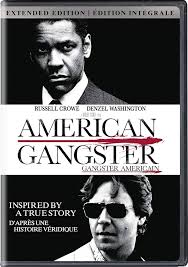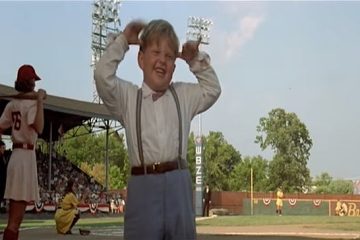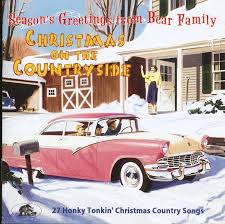American Gangster: Understanding the Cultural Impact

Introduction
The figure of the American gangster holds a significant place in both historical and contemporary discourse, symbolising a complex relationship between crime, culture, and society. From the Prohibition era of the 1920s to modern media portrayals, the image of the gangster reveals much about American values, fears, and aspirations. This article explores the relevance of the American gangster in today’s context and its influence on various facets of culture.
The Historical Context
The American gangster narrative began to take shape during the early 20th century, particularly with the rise of organised crime during Prohibition. Figures like Al Capone became infamous for their ruthless control over illegal liquor distribution and their involvement in various criminal enterprises. The impact of these gangsters was profound, leading to significant shifts in law enforcement and public perception of crime.
Modern Representation
In recent years, the American gangster has been revisited through films, television series, and literature. Movies such as “Scarface” and the acclaimed series “The Sopranos” depict the complexities of gangster life and behaviour, offering audiences a window into the challenges and moral dilemmas faced by these characters. This portrayal often blurs the line between heroism and criminality, highlighting the allure and tragedy inherent in the gangster lifestyle.
Societal Impact and Public Fascination
The fascination with American gangsters extends beyond entertainment; it taps into deeper societal issues, including class struggle, the American Dream, and the consequences of systemic inequality. This romanticism of the gangster figure often raises questions about justice and morality in society. Moreover, it reflects ongoing concerns about crime and violence, with popularity influenced by real-life crimes that occasionally echo past narratives.
Conclusion
As we move further into the 21st century, the American gangster remains a potent symbol in culture and media. The fascination with such figures invites ongoing discussions about crime, morality, and the complexities of the human experience. While these portrayals can entertain, they also serve as a reminder of the historical realities that shaped them. Audiences today are left to ponder whether the allure of the gangster will endure or evolve, impacting future generations as society grapples with the intricate facets of crime and culture.









